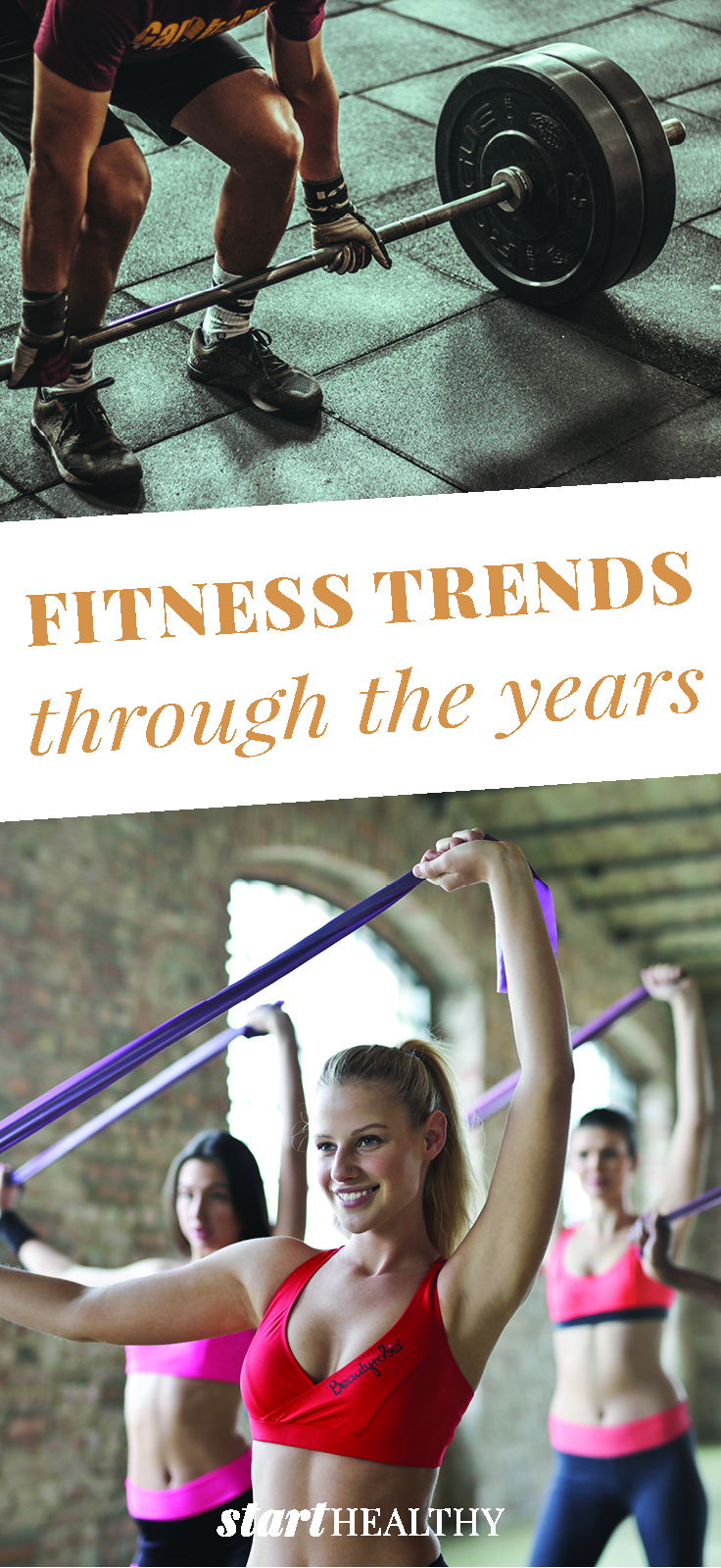Fitness Trends Through the Ages
There’s no question that fitness and the definition of a healthy lifestyle has changed dramatically over time. What was once seen as a men’s only activity has become a way for people of all shapes, sizes, ages, and ethnicities to embrace their power and feel better about themselves.
But the adoption of fitness into daily life was not always seen as necessary. This timeline shows how exercise and wellness has shifted throughout the last few decades.
Gymnasiums, early 1900s
The idea of a gymnasium had existed for centuries before it made its way to the US, but in the late 1800s and early 1900s, clubs began to open for general calisthenics. Basic machines and equipment promoted fitness for practical purposes. Though, these gyms were occupied mostly by wealthy men.
Everyone Gets Fit, 1950s
Scientific research on the benefits of physical fitness made the idea of daily exercise more popular in the mid-twentieth century. The 1950s brought about changes to requirements in physical fitness in schools, as well as for adults. One of the most popular exercise tools? The Hula Hoop—which only became a children’s toy later on.
Body Building, 1960s–1970s
As weight-lifting and gyms grew in popularity, so too, did an obsession with using fitness as a way to sculpt the body and take muscle mass to extraordinary heights. With the opening of Gold’s Gym in Venice, California, in 1965, professional body builders like Arnold Schwarzenegger rose to fame.
Fitness is Fun, 1980s
In the 80s, people wanted a way to incorporate dance culture and fun into their fitness routines, and so came jazzercise and aerobics. When most people think of these trends they think of brightly colored leotards and legwarmers, but it became so popular that millions of Americans swore by their fitness VHS tapes as a sole means of exercise.
The Home Gym, 1990s
With the rise of infomercials came the advent of at-home exercise equipment, which, for better or worse, gave many Americans a one-size fits all approach to working out. The machines were touted as extreme weight-loss tools, promising a quick fix—though, this wasn’t always the case.
Group Fitness, 2000s and today
Fitness and gym culture is now a huge part of main stream American culture. Health and wellness has become widely accepted as a necessary part of a balanced life, with more gym and fitness options offered than ever before. Community fitness classes like CrossFit and Soul Cycle have also risen to popularity for the encouraging atmosphere and strength-building benefits.


















